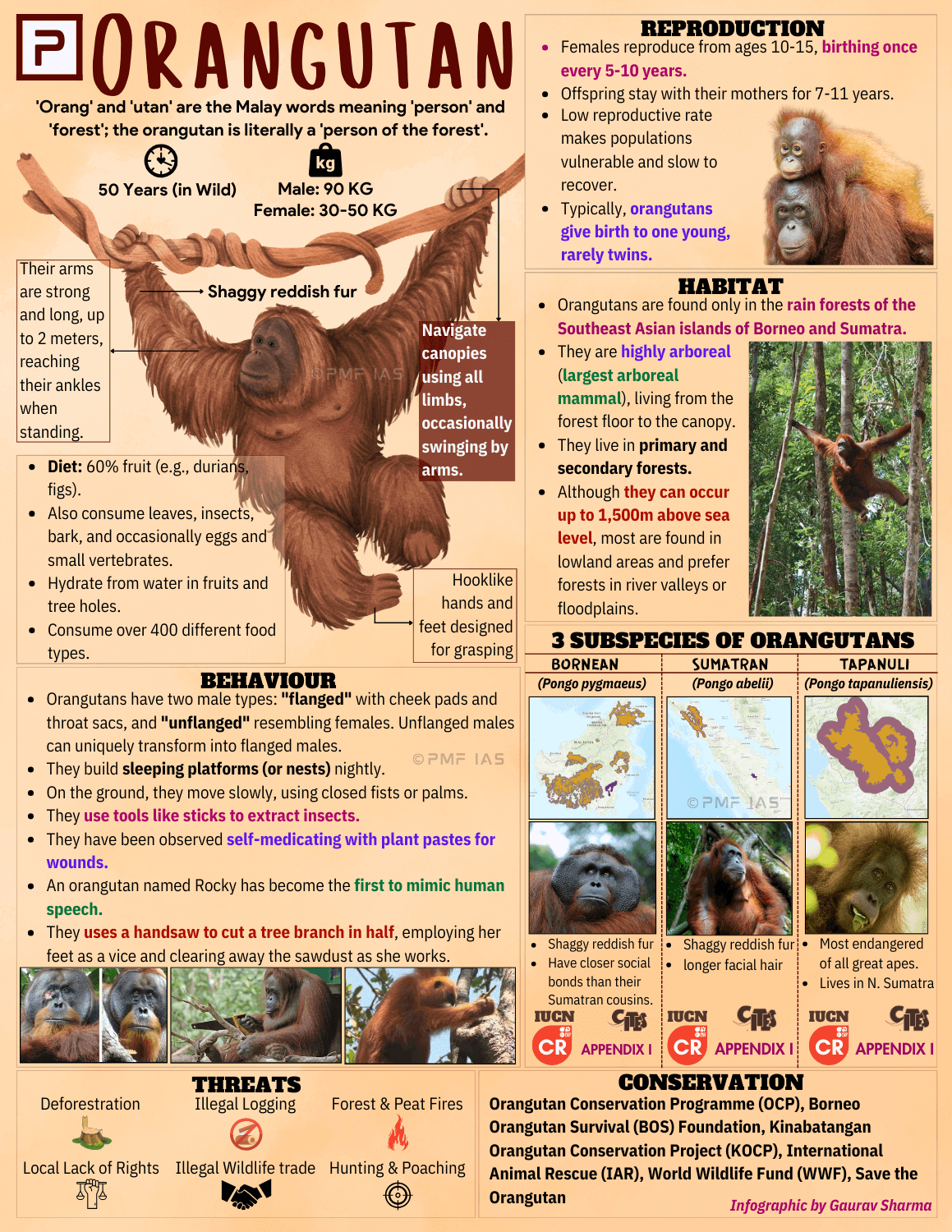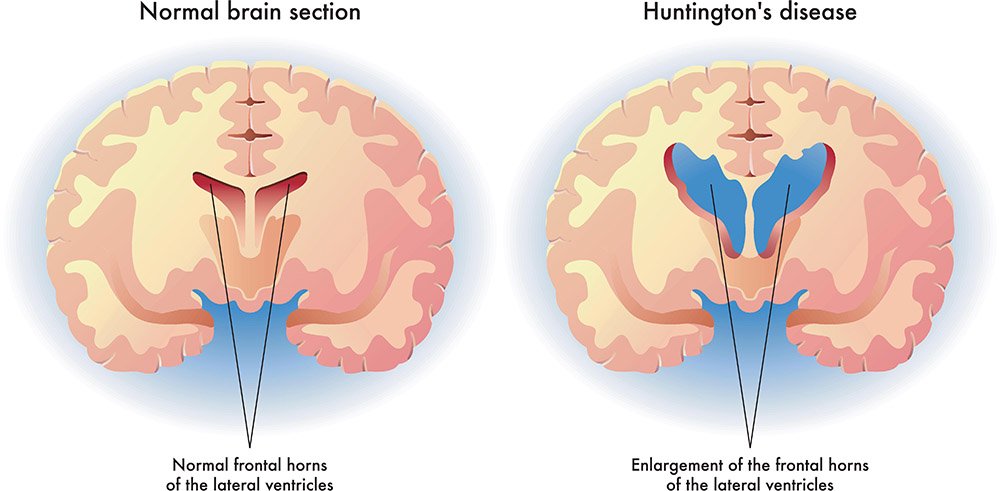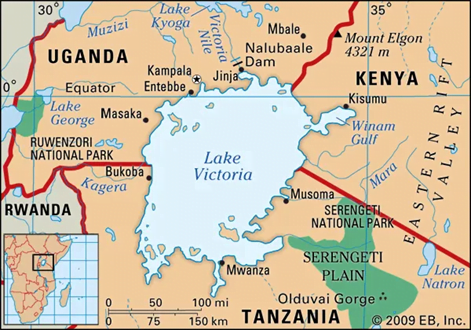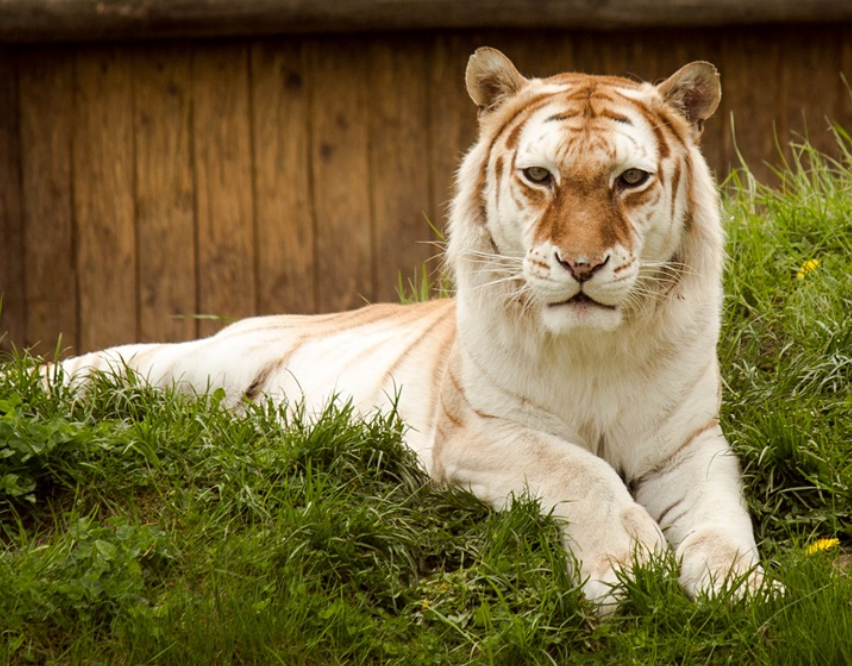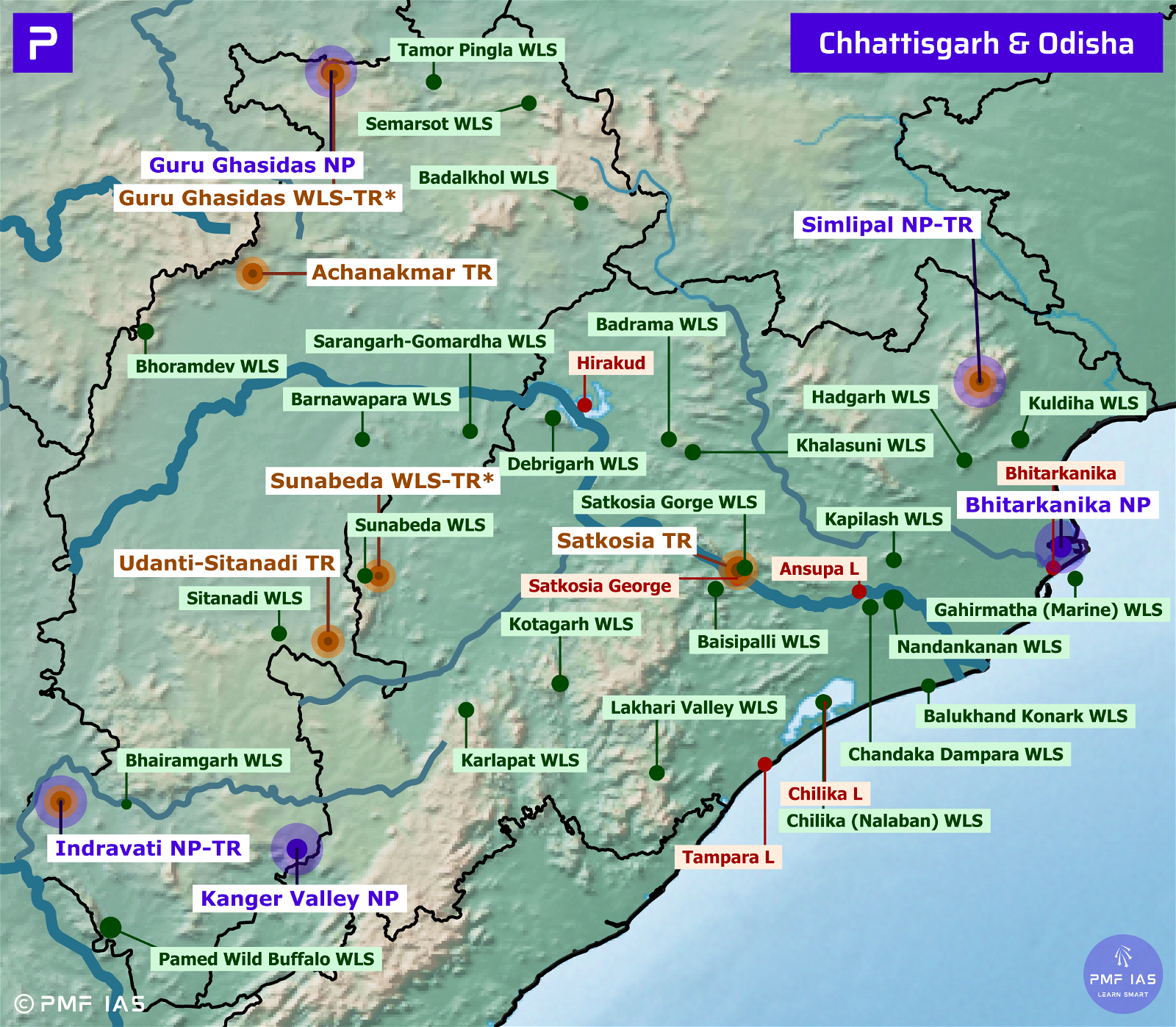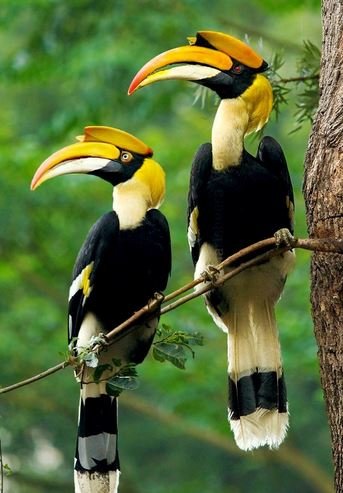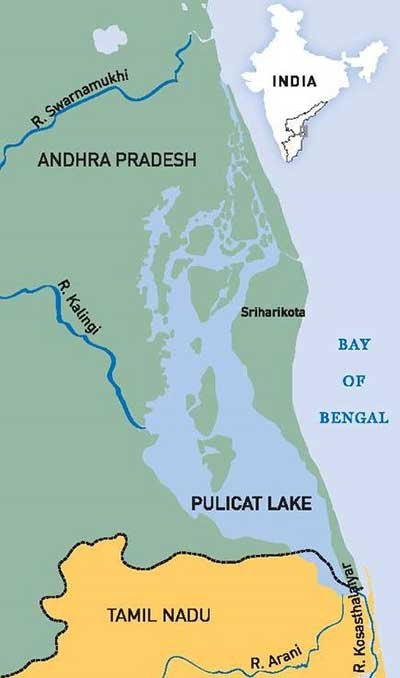
Bharat Ratna for MS Swaminathan
Subscribe to Never Miss an Important Update! Assured Discounts on New Products!
Must Join PMF IAS Telegram Channel & PMF IAS History Telegram Channel
- Context (PIB | IE | TH): The PM announced that Dr MS Swaminathan, known for his pivotal role in the Green Revolution, will be conferred the highest civilian award, Bharat Ratna.
Significance of MS Swaminathan
- Called the Father of the Green Revolution in India.
- Helped India achieve self-reliance in agriculture during challenging times (1960’s-70’s).
- Efforts towards modernising Indian agriculture.
- Ensured the nation’s food security and prosperity.
- He recommended that the Minimum Support Price should be at least 50 per cent more than the weighted average cost of production.
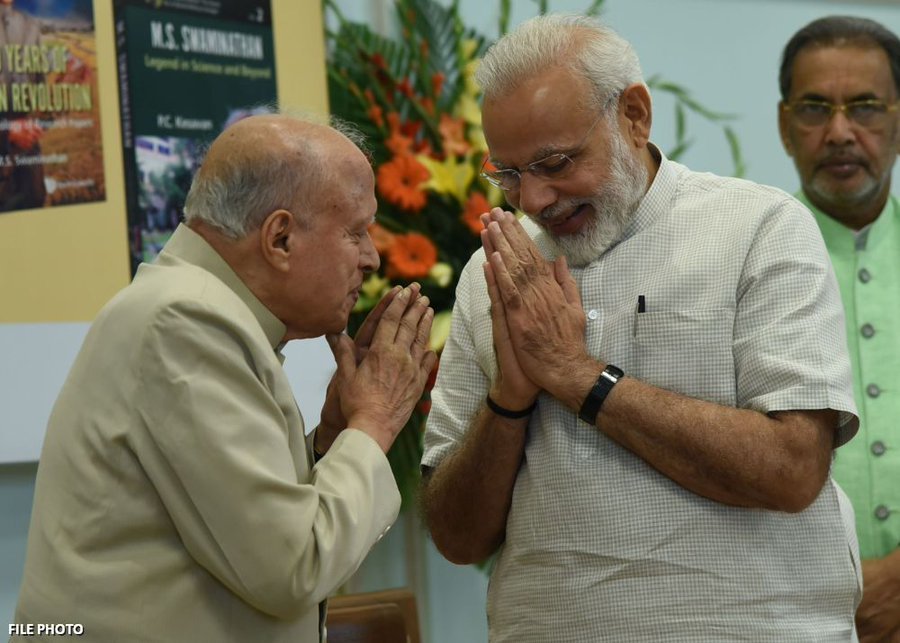
Early life
- Born in Kumbakonam, Madras Presidency, on August 7, 1925.
- The experience of the Bengal famine in 1943 during the Second World War motivated him to commit his life to ensuring the food security of India.
- In 1944, he earned a Bachelor of Science degree in Agricultural Science from the University of Madras.
- Later, he moved to the Indian Agricultural Research Institute (IARI) in New Delhi to study genetics and plant breeding.
- In 1949, he obtained a post-graduate degree in cytogenetics.
- He returned to India in 1954 after completing the Doctor of Philosophy degree in 1952 & post-doctoral research associateship at various universities in abroad.
- He died on September 28, 2023, in Chennai at the age of 98.
His contribution towards Agricultural research
- The first attempt to develop high-yielding varieties: He started working on transferring genes for fertiliser response from Japonica varieties to Indica varieties.
|
- Developing semi-dwarf wheat varieties using mutagenesis: it involves exposing plants to chemicals or radiation to lower the plant height (it didn’t work). The lowering of plant heights led to a simultaneous reduction in the size of the grain-bearing panicles.
- His relationship with other stalwarts helped him achieve the Wheat Revolution in India.
American scientist Orville Vogel
- He played a role in developing a dwarf wheat called Gaines, which had a high yield.
- It contained dwarfing genes from a dwarf wheat called the Norin-10.
- Swaminathan contacted him to get help for developing a ‘dwarf wheat’ in India.
- Since Vogel was unsure of the wheat’s potential in the Indian climate, he advised Swaminathan to approach Norman Borlaug.
- Norman Borlaug had incorporated the same dwarfing genes through Vogel’s lines into his spring wheat varieties in Mexico that were better suited for India.
Norman Borlaug
- Swaminathan along with Norman Borlaug toured India and worked seriously on dwarf wheat breeding programme in 1963.
- Within five years, there was what was called the Wheat Revolution. Between 1964 and 1968, annual production of wheat increased from about 10 million tonnes to about 17 million tonnes.
- The government declared India self-sufficient in food production in 1971.
- Indira Gandhi, the then PM, released a special stamp to mark the achievement.
Noteworthy job listings
- After 1971, he was appointed as the director-general of the Indian Council of Agricultural Research (ICAR) and a secretary to the Government of India.
- He was made the first Asian director general of the International Rice Research Institute (IRRI) in the Philippines in 1982.
- In 1984, he became the president and vice-president of the IUCN and World Wildlife Fund.
- He was the chair of the National Commission on Farmers constituted in 2004.
- He was nominated to the Rajya Sabha by former (late) President APJ Abdul Kalam, where he served from 2007 to 2013.
Awards, contributions, and achievements
- He was awarded the first World Food Prize in 1987, and the prize money was used to set up the MS Swaminathan Research Foundation.
- He established the Nuclear Research Laboratory at the IARI.
- He played a key role in setting up of the
- International Crop Research Institute for the Semi-Arid Tropics in India.
- The International Board for Plant Genetic Resources (Bioversity International) in Italy.
- The International Council for Research in Agro-Forestry in Kenya.
- Swaminathan co-chaired the United Nations Millennium Project on hunger from 2002 to 2005.
- He was the head of the Pugwash Conferences on Science and World Affairs (2002 – 2007).
Recognitions
- 1961: Shanti Swarup Bhatnagar Award.
- 1965: Mendel Memorial Medal from the Czechoslovak Academy of Sciences.
- 1971: Ramon Magsaysay Award.
- 1986: Albert Einstein World Science Award.
- 1987: The first World Food Prize.
- 1991: Tyler Prize for Environmental Achievement.
- 2000: Four Freedoms Award.
- 2000: Planet and Humanity Medal of the International Geographical Union.
- 2024: Bharat Ratna.
- He was also awarded the Padma Shri, Padma Bhushan, and Padma Vibhushan awards & the Indira Gandhi Prize.





![PMF IAS Environment for UPSC 2022-23 [paperback] PMF IAS [Nov 30, 2021]…](https://pmfias.b-cdn.net/wp-content/uploads/2024/04/pmfiasenvironmentforupsc2022-23paperbackpmfiasnov302021.jpg)
